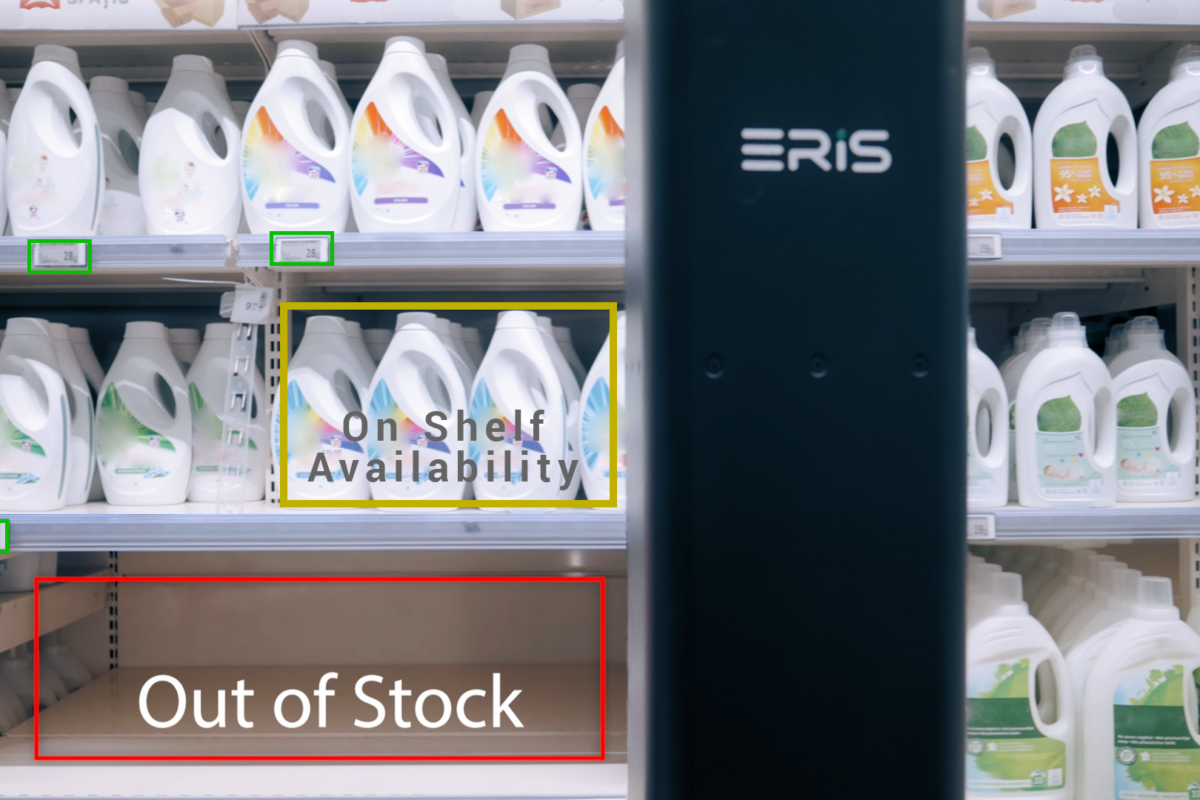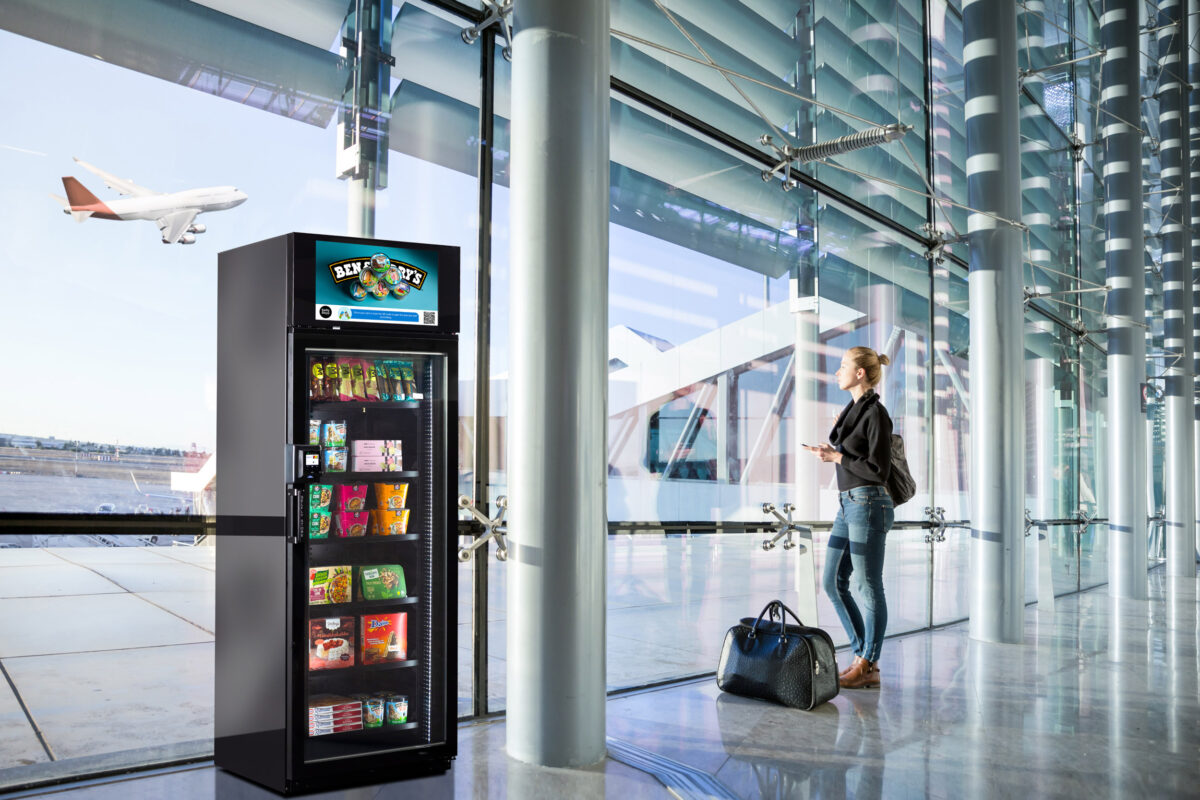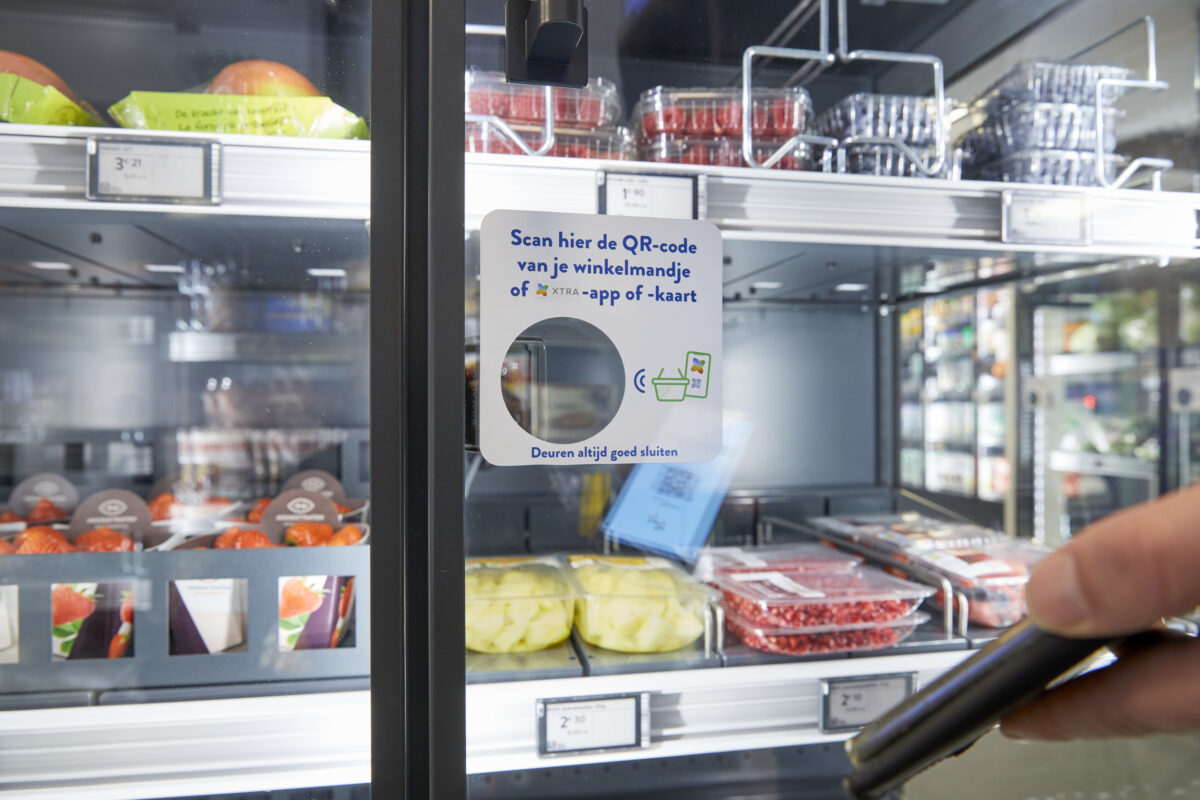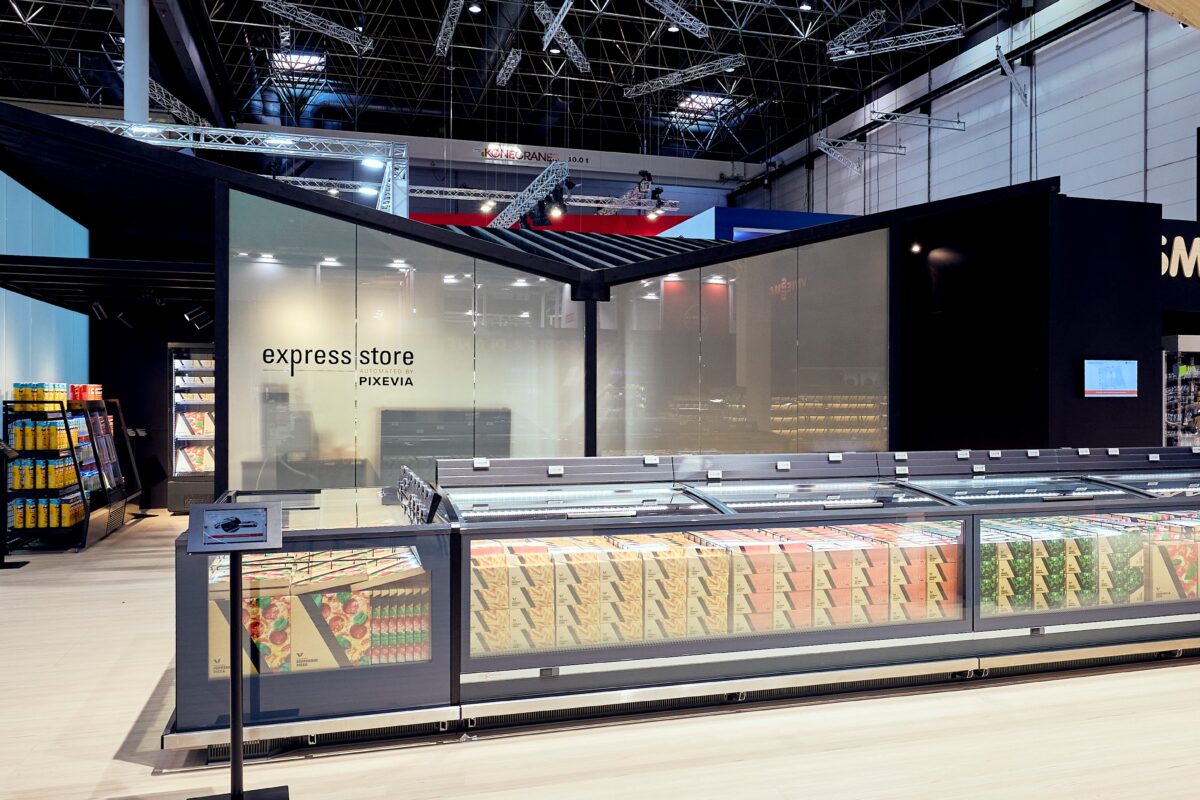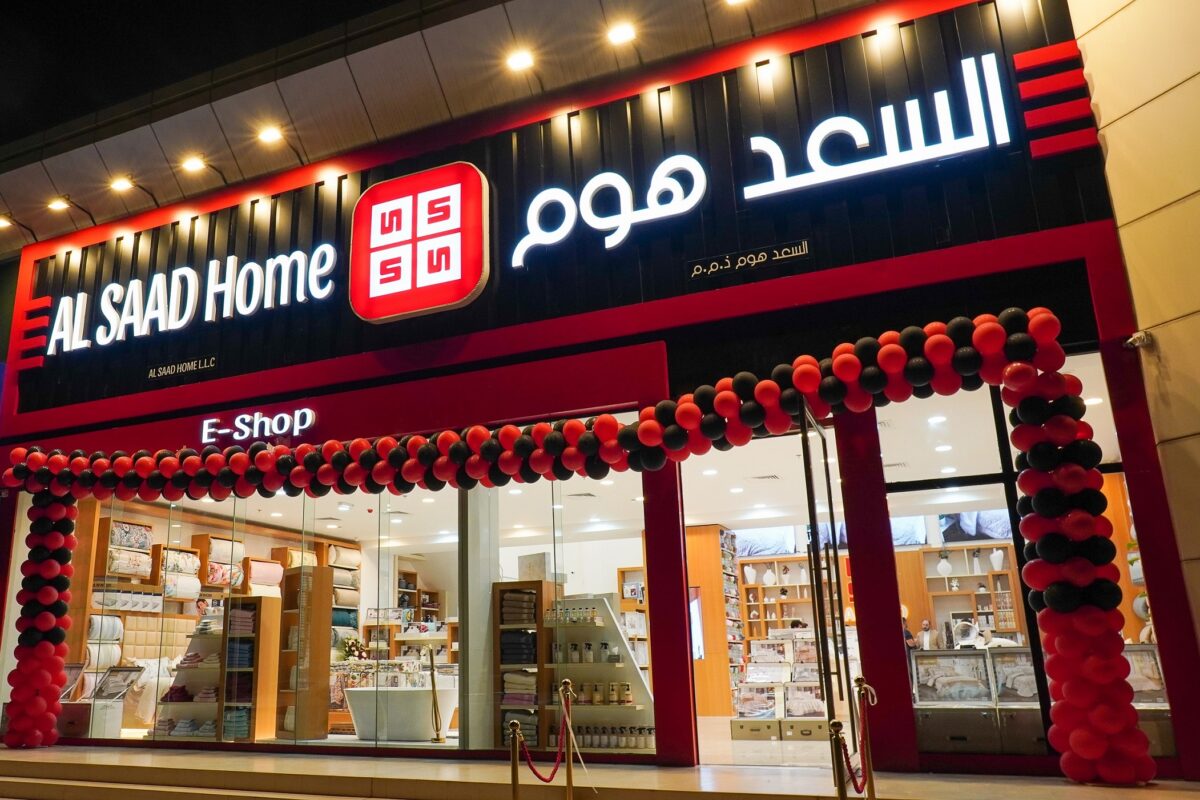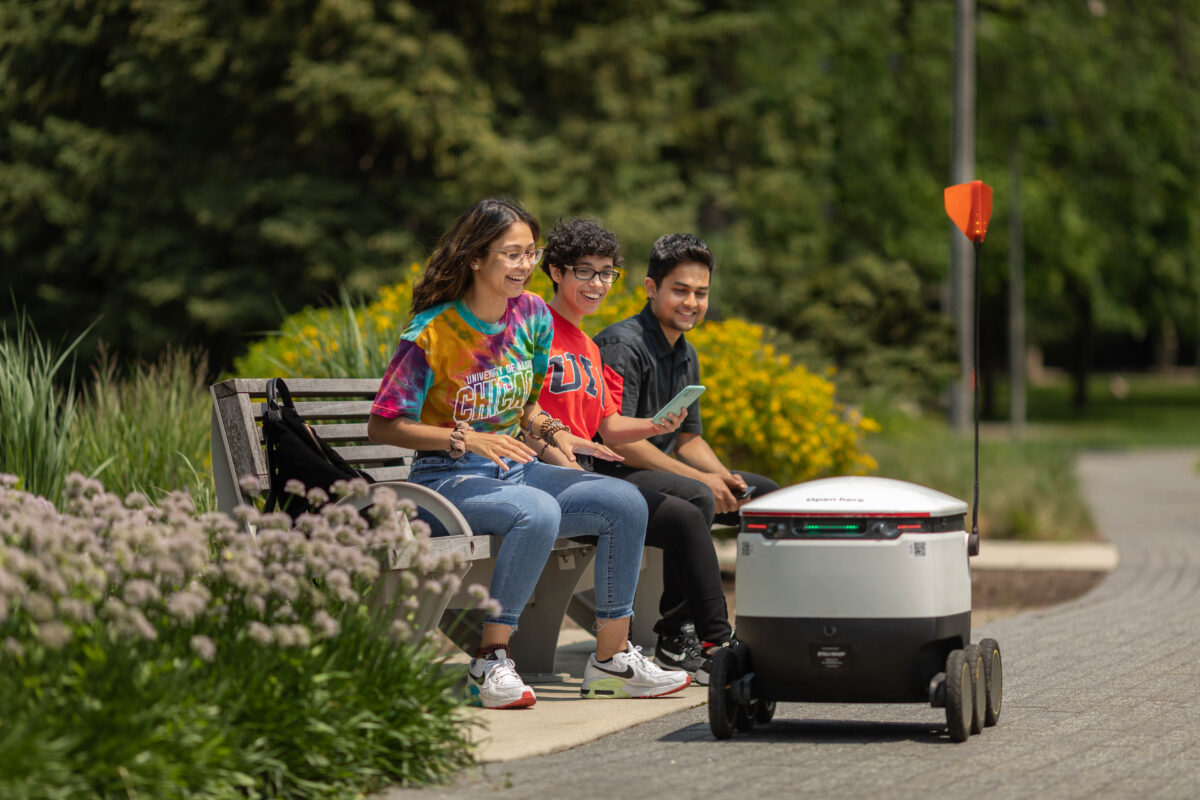Automated RFID inventory management
by Julia Pott (exclusively for EuroCIS.mag)
For retailers, full physical inventory counts are extremely time-consuming and can eat up many hours of manpower. That is why “manual” inventory tracking is performed at longer intervals as it is also vulnerable to errors. Real-time accurate information on inventory is simply impossible without digitization and automation.

© Martin Adams/Unsplash
Without the latter, retailers can experience stock shortage or surplus, resulting in workplace stress, additional costs, and unhappy customers.
Real-time data boosts future-proof decisions
Using the right technologies helps ensure continuous inventory management with accurate data. It allows users to collect and analyze data digitally, not just once per year, but essentially once every hour. This results in real-time data access that serves as the foundation for drawing the right conclusions and making predictive business decisions.
Larger companies must maintain multiple channels, which makes inventory management far more complex. It subsequently also means efficiency improvements have a larger impact. Goods movement quickly becomes non-transparent if a commercial enterprise operates physical stores, an online store including a warehouse and offers services such as returns, click-and-collect or ship-from-store, all while tracking these processes manually.
RFID: Automated data collection

© PantherMedia/9albln
Besides barcodes that can be scanned manually or semi-automatically, RFID technology has significant advantages. A radio-frequency identification system consists of an RFID transmitter and RFID antenna that use radio waves to communicate. These types of AIDC systems (Automated Identification and Data Capture) permit automated data capture.
RFID transmitters can be attached to packages or sewn into clothing.
The antenna systems can automatically identify commodity flow at strategic points and track individual items if they already contain an RFID tag at that juncture. This facilitates object identification and asset tracking pertaining to incoming and outgoing goods at the warehouse, goods delivery at a branch or cargo loading onto a delivery vehicle even in sealed transport packaging or on pallets.
Retailers can use antenna, tunnel, or gate systems in these settings. RFID technology also guarantees efficiency and quality in inventory management on the sales floor.
Store inventory management
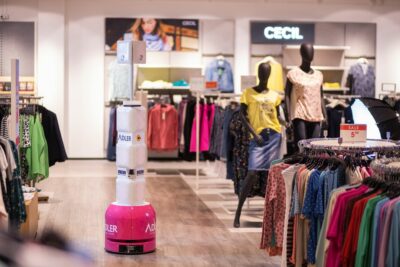
© Metralabs
Since 2015, a similar system created by sys-pro GmbH has been implemented in the stores of retail apparel store chain Adler Modemärkte AG. A press release by sys-pro explains how it works: “The RFID system tracks all clothing items the moment they are added to Adler’s inventory. Inside the store, the RFID clothing tags not only improve retail security, but also permit inventory accuracy.” To support business processes such as inventory management and to prevent stockouts, the system autonomously sends alerts to prompt subsequent deliveries from the central or retail store warehouse.
Autonomous mobile robots deliver an even higher level of automation. They are designed to stroll warehouses or store aisles and keep check on inventory by scanning all RFID tags. Enter the inventory robot series TORY by MetraLabs. At night after the store is closed, it takes stock autonomously and fully automatically.
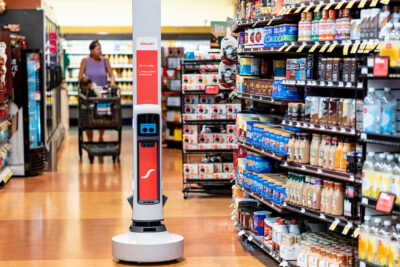
© Simbe Robotics
Schnucks is a supermarket chain that has used an inventory robot called Tally by Simbe Robotics for several years. Tally strategically navigates store aisles during normal store hours and scans shelves for inventory using RFID scanners, high-resolution cameras, and computer vision. Dave Steck is Schnucks Markets’ Vice President of IT Infrastructure and Application Development and highlights the advantages of the system: “By deploying Tally to all stores, we are fully operationalizing these insights into our supply chain and expanding our ability to leverage real-time data to make revenue impacting decisions. Tally has become an integral component of our stores, streamlining operations, and ultimately creating a better store experience for our customers and teammates.”
Robotics solutions you can literally grasp? You can experience them live at EuroCIS 2022 from February 15-17 in Düsseldorf, Germany – the Leading Trade Fair for Retail Technoloy!
Optimizing customer service with data management
The best high-tech equipment with RFID tags and autonomous inventory robots is useless if it doesn’t optimally record, analyze, and use data. Software is the key factor, and the background system that manages data and controls processes and activities. The inventory robot or the RFID antenna systems must feed the collected data into the inventory control system.

© Metralabs
This enables users to analyze data pertaining to transport and sales of goods and manage incoming and outgoing products. At the same time, the data also helps identify optimization potential, allowing companies to identify the ideal order quantity to minimize inventory costs. These inventory management practices are also great from the sustainability point of view: product quantities that are tailored to demand reduce inventory write-offs and help curtail food waste in food retailing.
Optimizing order sizes, automated stock reordering or deliveries to stores, assortment or shelf space planning – clever decisions in these and other areas become easier with clean, timely, and accurate data collection and smart analysis.
Last but not least, real-time inventory management also plays a crucial role in customer satisfaction and customer service as it allows companies to avoid out-of-stock events, to check inventory and order restocks of all relevant items. A linked and integrated product database gives retail employees instant access to inventory data and product information to quickly and efficiently service customers on the sales floor. Ultimately, all these factors help retailers maintain and improve customer satisfaction.






